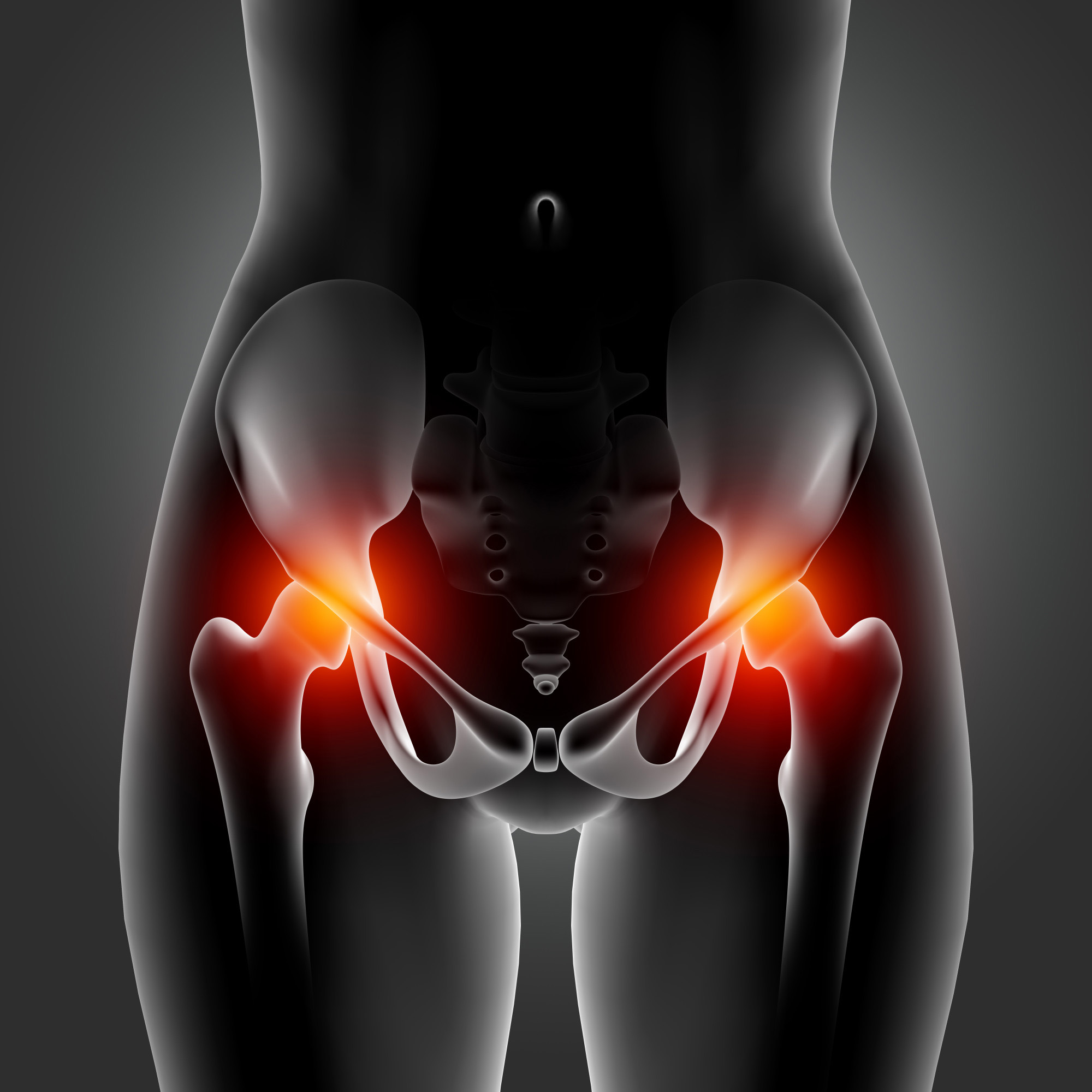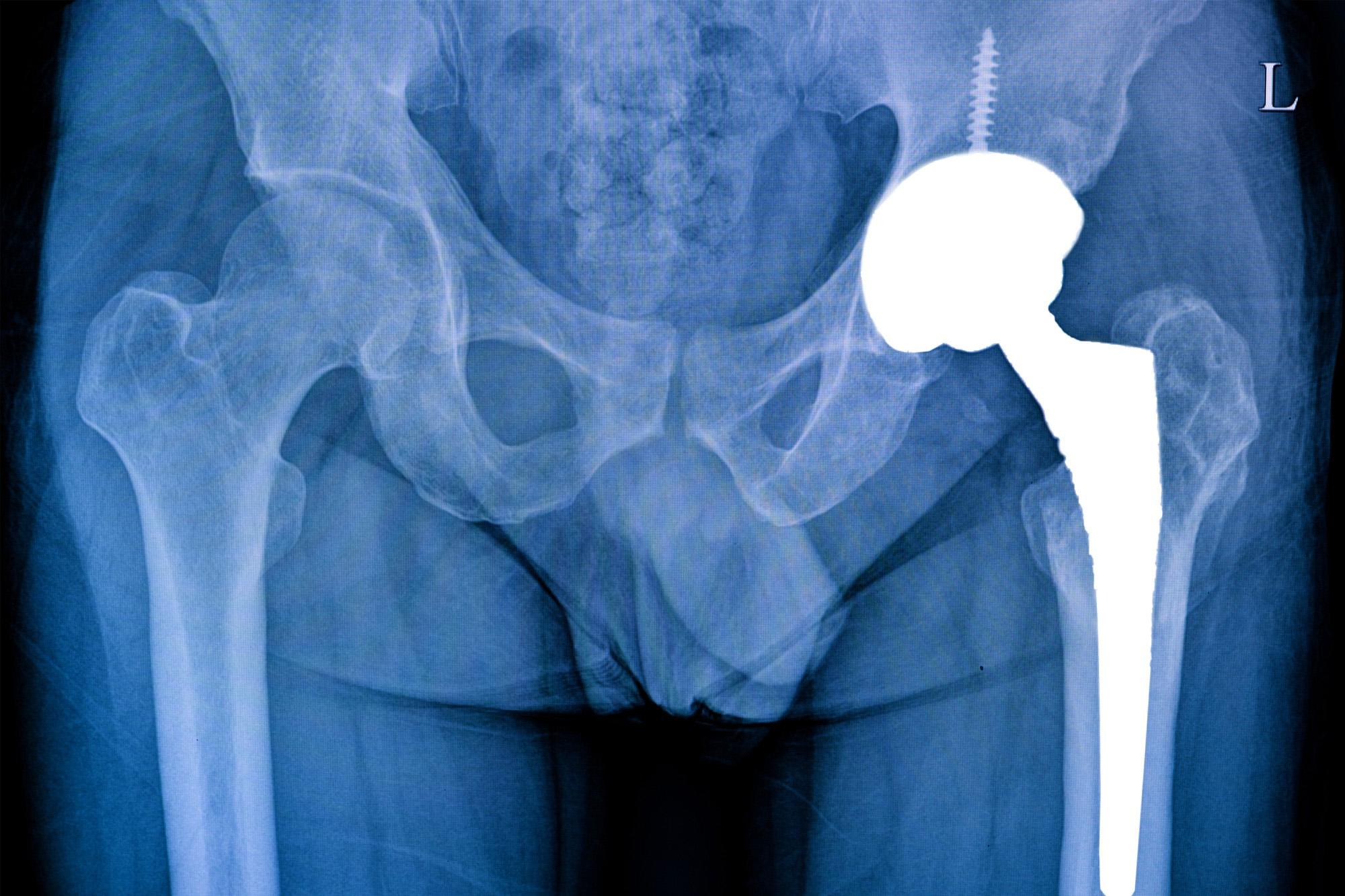Services

Symptoms

There are many causes of hip joint pain. Some hip pain is temporary, while other hip pain can be long-standing or chronic. Causes of hip pain include bursitis, inflammatory and noninflammatory arthritis, fracture, sprain, infectious arthritis (septic arthritis), avascular necrosis, Gaucher's disease, sciatica, muscle strain, iliotibial band syndrome (IT band syndrome), and hematoma.

The treatment of hip pain depends on the precise cause of the pain. Treatments can include rest, non-weight-bearing, cold application, and anti-inflammatory medications. For local inflammation, sometimes injection of cortisone medication (steroids) is used to quiet the inflammation. If infection is present, antibiotics are used. Fractures can require treatment with surgical repairs, including pinning, plates and screws, and total joint replacement. For severe arthritis, total joint replacement is performed when possible.
Hip pain can be prevented by avoiding injury to the hip joint. This includes sports injury. Sometimes proper conditioning prior to a sports event can prevent injury.

